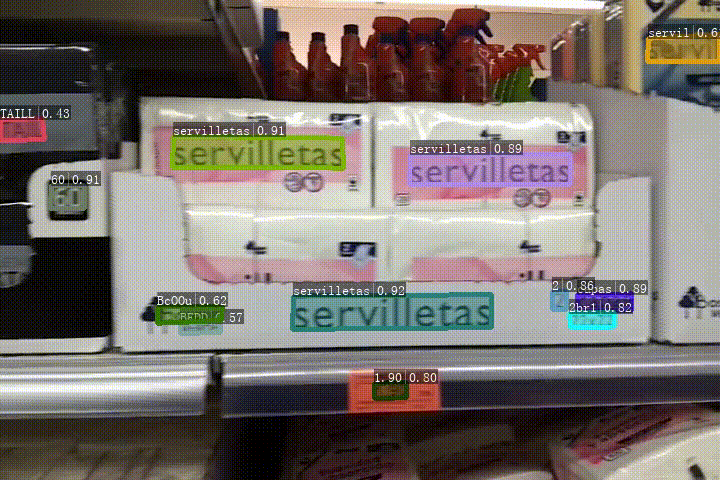VimTS: A Unified Video and Image Text Spotter for Enhancing the Cross-domain Generalization
Text spotting, a task involving the extraction of textual information from image or video sequences, faces challenges in cross-domain adaption, such as image-to-image and image-to-video generalization. In this paper, we introduce a new method, termed VimTS, which enhances the generalization ability of the model by achieving better synergy among different tasks. Typically, we propose a Prompt Queries Generation Module and a Tasks-aware Adapter to effectively convert the original single-task model into a multi-task model suitable for both image and video scenarios with minimal additional parameters. The Prompt Queries Generation Module facilitates explicit interaction between different tasks, while the Tasks-aware Adapter helps the model dynamically learn suitable features for each task. Additionally, to further enable the model to learn temporal information at a lower cost, we propose a synthetic video text dataset (VTD-368k) by leveraging the Content Deformation Fields (CoDeF) algorithm. Notably, our method outperforms the state-of-the-art method by an average of 2.6% in six cross-domain benchmarks such as TT-to-IC15, CTW1500-to-TT, and TT-to-CTW1500. For video-level cross-domain adaption, our method even surpasses the previous end-to-end video spotting method in ICDAR2015 video and DSText v2 by an average of 5.5% on the MOTA metric, using only image-level data. We further demonstrate that existing Large Multimodal Models exhibit limitations in generating cross-domain scene text spotting, in contrast to our VimTS model which requires significantly fewer parameters and data. The code and datasets will be made available at the https://VimTextSpotter.github.io.
PDF Abstract



 ICDAR 2013
ICDAR 2013
 Breakfast
Breakfast
 NExT-QA
NExT-QA
 A2D
A2D